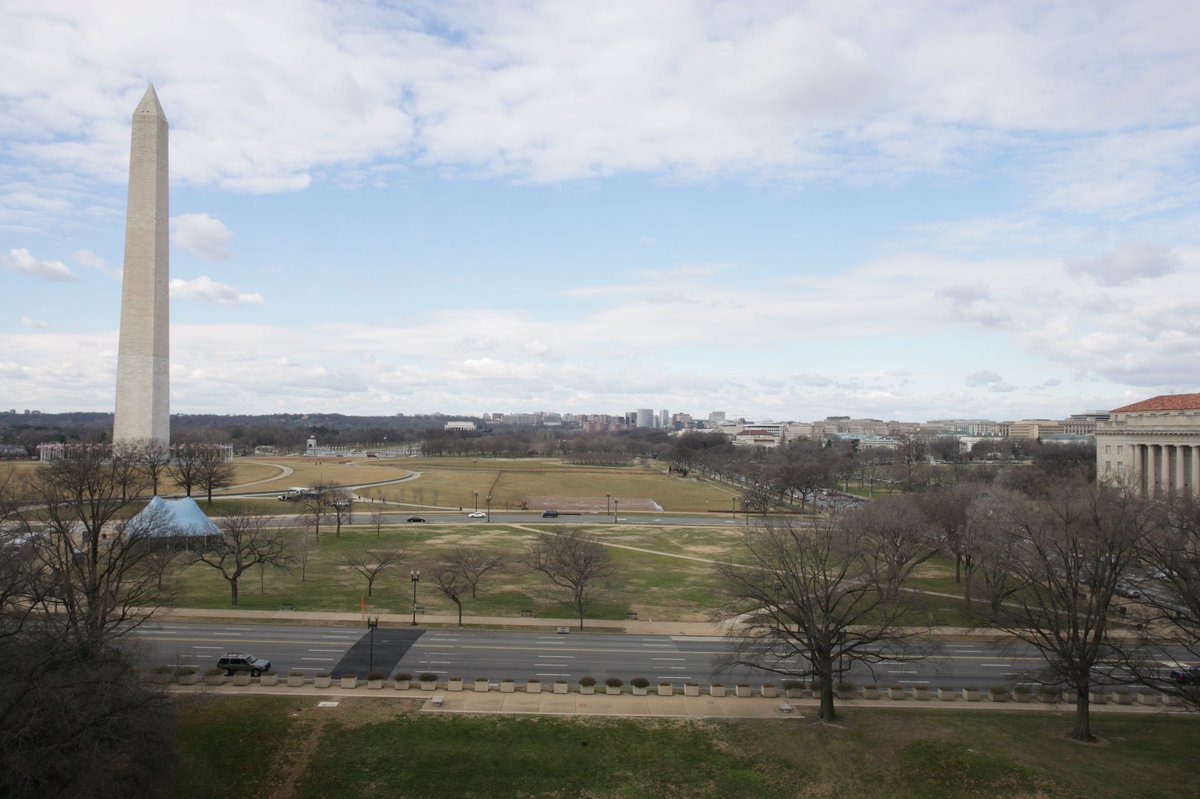
I was weeping in the research room of the National Archives. I'd taken a pause from exhibition research to see if I could learn more about the earliest of my Bunch ancestors whose name I know: Candis Bunch.
#SmithsonianBHM #BHM
#SmithsonianBHM #BHM
Candis was an enslaved woman whose name I'd previously discovered attached to the marriage license for her son, my great grandfather Oscar Bunch. In a breakthrough at the Archives, I found mention of her death in 1870 as a 40-year-old freed woman in Wake County, North Carolina.
After that discovery, I nearly gave up. In the records of the Freedmen's Bureau, I unearthed a labor contract between her and a landowner. She'd received $11 for 44 days of farm work in 1867 and purchased items such as starch and seed cotton from the landowner.
In that list of items was a connection between Candis' life and my own. For 60 cents, she had bought two baking tins in the shape of hearts and crescents. As a child, I remember my grandmother Leanna's cookies in the shapes of hearts and crescents.
I am in awe of people like Candis, who, despite all they experienced, preserved their humanity and protected their families as best they could. Exploring our own family history helps us understand our context and point us toward what we can become.
The hope of discovering family connections motivates many African Americans to research family history, but it can be challenging. I'm grateful for our @NMAAHC Family History Center team, which helps people get started on or continue family research for free. #SmithsonianBHM #BHM
For #SmithsonianBHM, we explore Smithsonian collections and programs that bring families together. Whether you're ready to do some family research or want to support the great work they do, I highly recommend @NMAAHC's Family History Center. #BHM si.edu/stories/resear…
• • •
Missing some Tweet in this thread? You can try to
force a refresh












